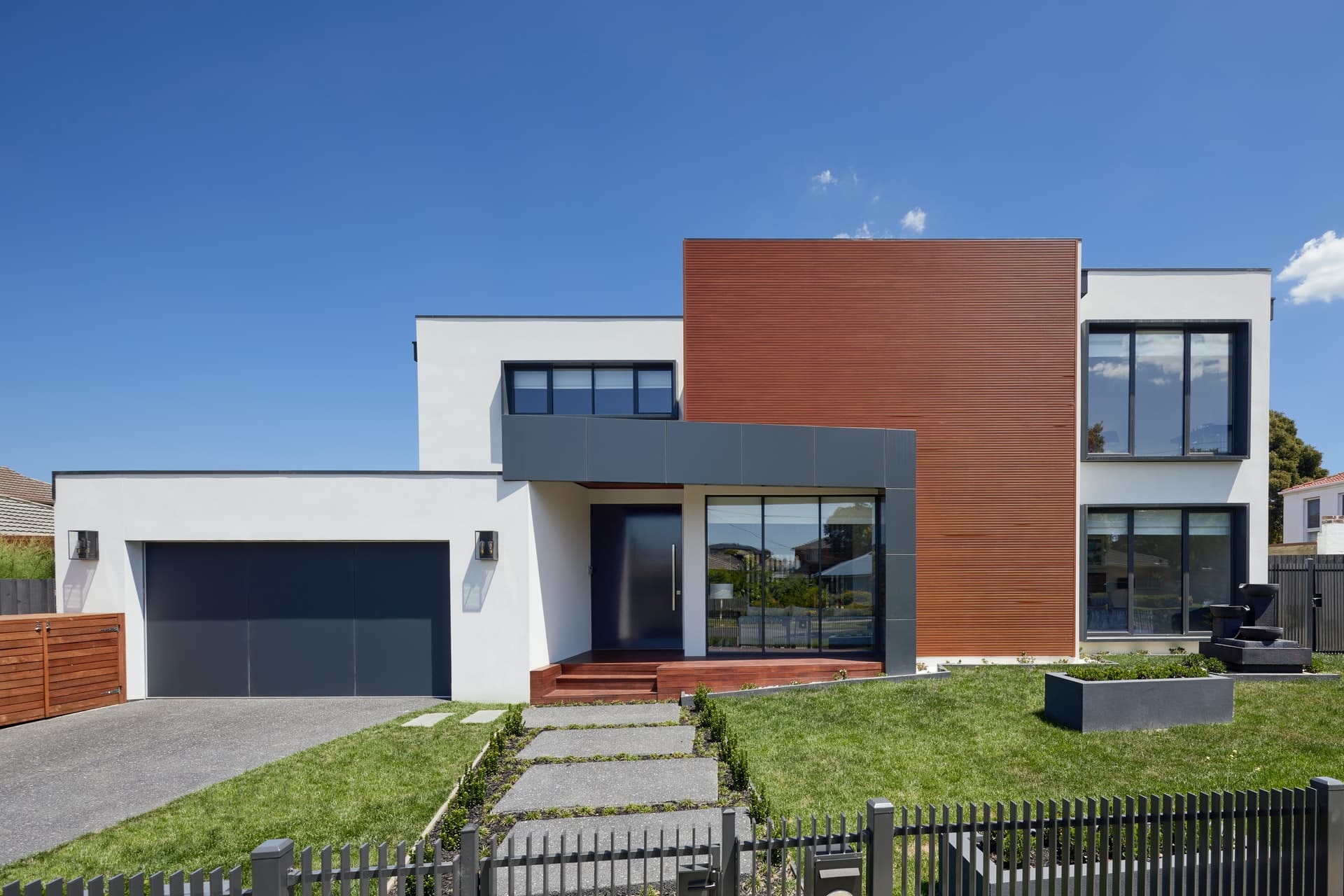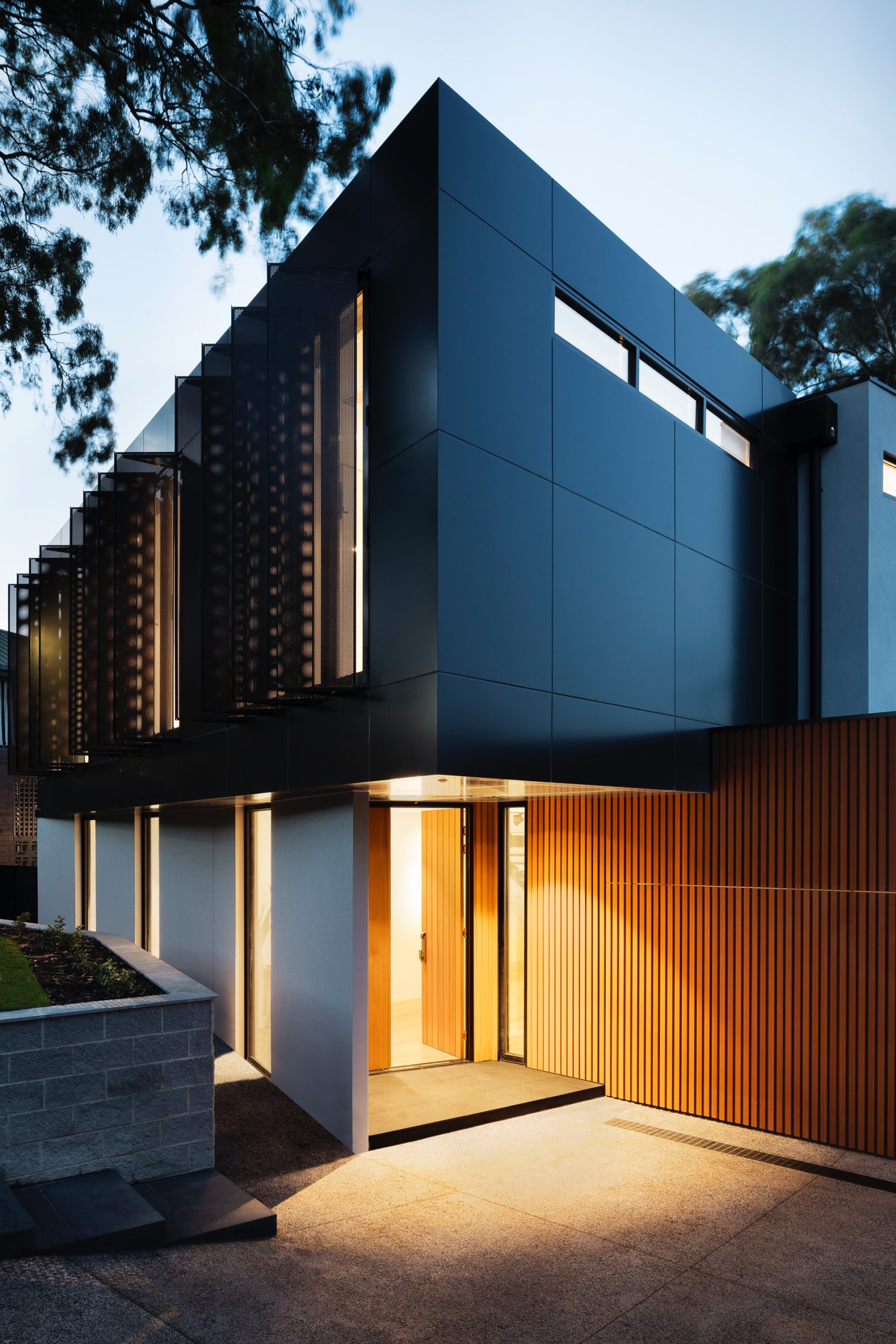The 45L tax credit was intended to help builders/property owners claim around $2,000 in tax credit for each energy-efficient home they construct or sell.
Congress extended the section 45L Tax Credit in December 2019 to encourage the construction industry to build and sell more high-performance homes. The program was also made retroactive, meaning homes built between 2018 through December 2020 qualify for the tax incentives.
IMAGE: UNSPLASH
What Are The Requirements For The 45L Tax Incentive?
The efficiency requirements for the tax credit program have remained unchanged ever since it was first introduced. But with the current IECC 2018 code in effect, most current constructions will qualify for the credit. Homes have to be 50% more efficient on heating, cooling, and use of hot water compared to the IECC 2006 standards. In order to prove efficiency, it must be measured using the HERS rating.
Who Qualifies For The Tax Credit?
Eligible contractors for the 45L tax incentives are those who constructed the qualified energy-efficient home (or produced a qualified and manufactured energy-efficient home). An individual must own and have grounds in the qualified energy-efficient home during its construction in order to qualify as an eligible contractor. An example would be when a person who owns and has the basis in the home during construction hires a third-party contractor, he is the eligible contractor instead of the third-party contractor. This applies to:
- Single-family builders/developers
- Multi-family builders/developers
What’s New With The 45L Credit Incentive?
At the end of 2019, it was announced that the tax credit was retroactively extended from December 31, 2017 up to December 31, 2020, by H.R. 1865, Further Consolidated Appropriations Act. This means that real estate developers are eligible to $2,000 potential tax credit per dwelling or residential units on properties that qualify. Properties must meet the following criteria in order to be eligible:
- They must be newly constructed and located in the United States.
- Each property or residential unit must come with a projected annual heating and cooling cost 50% below the annual energy consumption level of a similar residential unit. This can be done with the installation of energy-efficient windows, roofs, doors, insulation, air-conditioners, and other energy-efficient features.
- Properties have to be around one or three stories above grade (not including below-grade parking).
For construction projects that were completed on qualified homes between 2018 and 2020, the projects now qualifiy for 45L tax credits. Claiming this incentive on qualified homes, condominiums, apartments, senior living homes, and other properties can lead to a huge amount of tax savings. For instance, a qualified three-story, 100-unit condominium project for which construction was wrapped up in 2019 and sold by 2020 can claim tax credit in the amount of $200,000 ($2,000 credit+ 100 units).
In order to claim the 45L tax incentive, taxpayers need to complete a 45L tax credit certification for each project. This must be done by an unrelated, licensed professional. An engineer knowledgeable with 45L certifications can help in evaluating a development project and grant 45L certification and related records to help claim the tax credit.
One can file revised returns or administrative adjustment requests to claim tax credits for prior tax years. Even though there’s no tax liability in prior tax years, it is still worth a try to go back and claim the 45L tax incentive. The tax credit can be carried forward for up to 20 years if it remains unused in the year claimed.
Making Money For Taking Energy-Efficient Efforts
Contractors and home builders that qualify for this tax incentive can claim up to $2,000 in credits if the home they constructed or renovated meets the energy-efficient criteria. Eligible contractors and builders must own and have a basis in the qualified energy-efficient property. They also present proof that they were in charge at the time of the construction to benefit off the tax incentive.
With the tax provisions laid out by the Tax Cuts and Jobs Act, the 45L tax incentive has been retroactively extended through the 2017 tax year. This move brings more people the chance to claim this highly lucrative credit. The 45L tax incentive was initially included in the Federal Policy Act of 2005 and has grown into a lucrative credit ever since then.
“Eligible Contractors” refers to any Company, Trust, Estate, Partnership or Corporation recognized by the IRS that can claim the 45L tax incentive. Structures or properties that qualify for the 45L energy-efficient tax incentive include townhouses, freestanding single-family homes, condominiums, manufactured homes, and apartment units.
Q&A on the 45L Energy Efficient Tax Incentive
- What Can Make a Home Qualify for 45L? –reducing a home’s energy consumption, meeting-energy efficiency requirements can qualify a home or property for the tax incentive.
- How Is A Home’s Qualification for 45L Determined? –tax experts and professionals usually perform an analysis determining whether the energy-saving elements incorporated in the home in question qualifies it for the credit.
- Who Can Benefit from the 45L tax incentive? –qualified contractors who renovate or construct new, qualified energy-efficient homes.
- What Must a Builder Complete to Obtain 45L? –eligible contractors must complete the IRS form 8908 in order to qualify for the 45L credit. You can find this form on the IRS website.
- Can Builders Certify their Own Homes for the Tax Incentive? –no. According to the rules stated by the IRS, the person who certifies the home must “not be related to the eligible contractor.” To get your home certified, you’ll need to hire tax experts.
- Who Can Verify Homes for the Tax Incentive? –the home being referred to must be checked and evaluated by an “eligible certifier”.
- Can Homeowners Apply for 45L? –no. Only eligible contractors and builders are allowed to apply for the 45L Energy Efficient Home Credit.
- According to the IRS, The Tax Credit of $2,000 is Granted to Each Qualifying Dwelling Unit. What is Defined By “Dwelling Unit?” –according to the IRS, a dwelling is a ‘single unit providing complete independent living facilities for one or more persons, including permanent provisions for living, sleeping, eating, cooking and sanitation,’.
Residential properties currently under construction or have been renovated to cut down energy and power costs and meet the energy-efficient threshold can qualify for a 45L credit too. Get in touch with a reliable tax expert for a free assessment and start the process of obtaining the 45L tax incentive.
IMAGE: UNSPLASH
If you are interested in even more geek-related articles and information from us here at Bit Rebels, then we have a lot to choose from.


COMMENTS